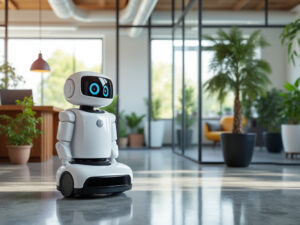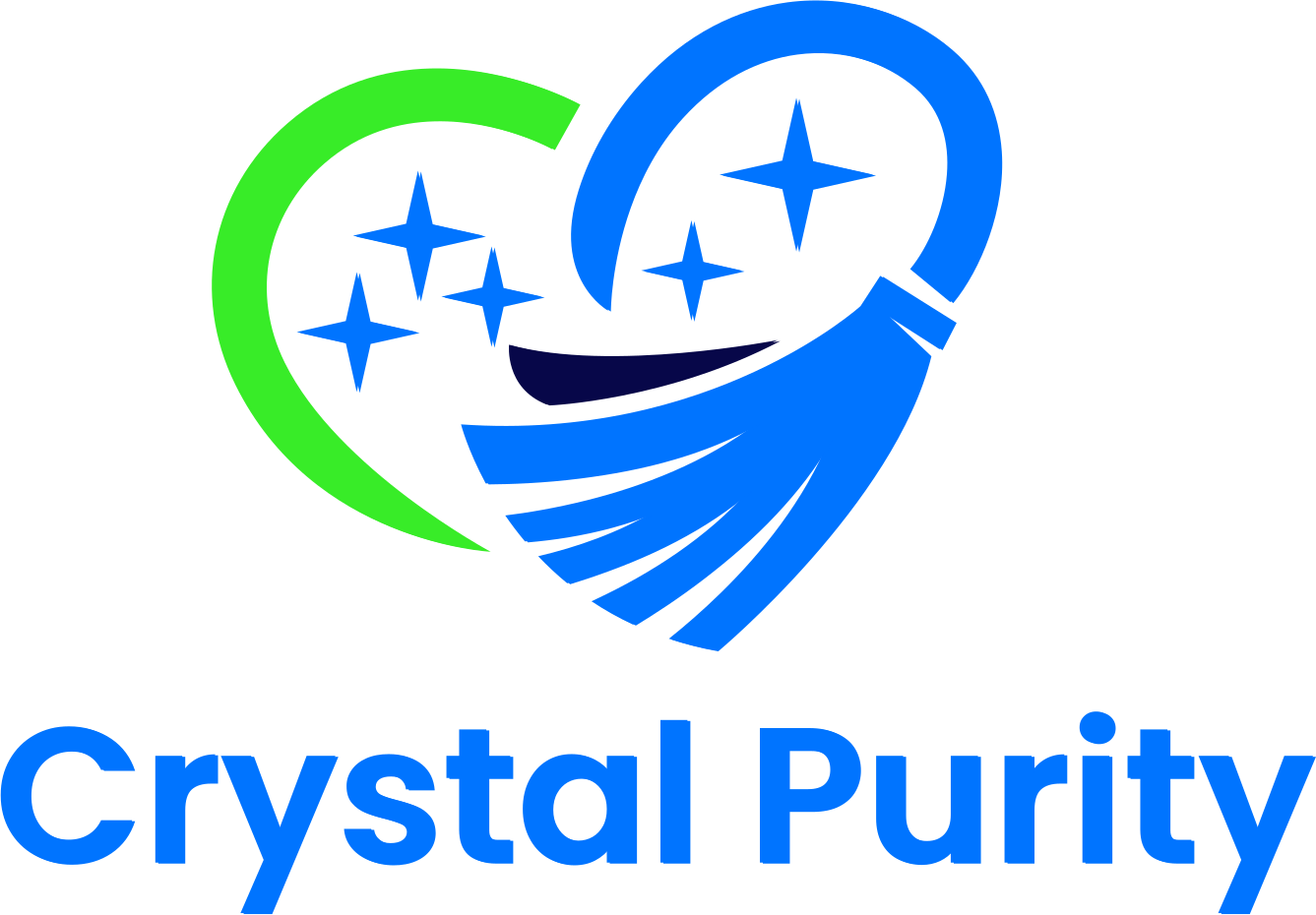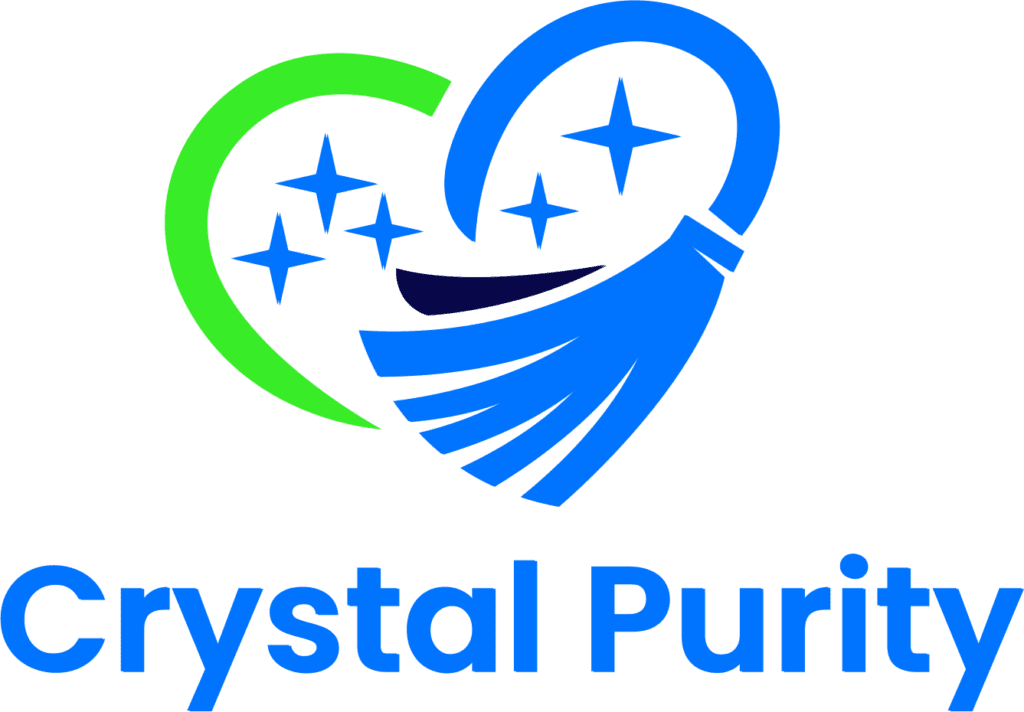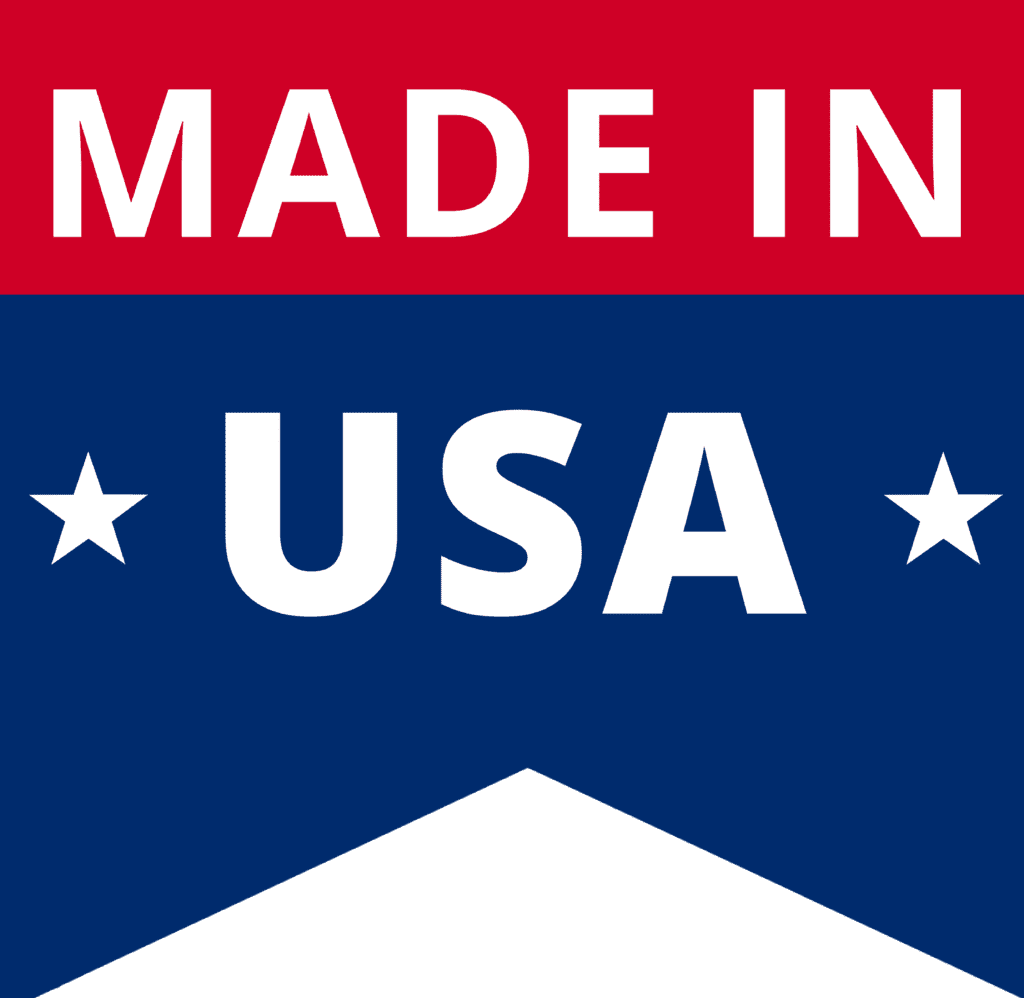Commercial cleaning in the 21st century has evolved significantly due to technological advancements, environmental awareness, and changes in lifestyle. Here’s a breakdown of how commercial cleaning has transformed:
1. Technological Advancements
- Robotics: The use of robotic cleaners has become more prevalent. Robots like the Roomba for commercial spaces or specialized cleaning robots for windows, floors, and pools are now common. These robots can operate autonomously or semi-autonomously, reducing labor costs and improving efficiency.
- Smart Sensors: Cleaning equipment now often includes sensors that detect dirt, adjust cleaning methods based on the type of surface, or even predict maintenance needs.

2. Green Commercial Cleaning Products
There’s been a significant shift towards eco-friendly cleaning solutions. Products that are biodegradable, non-toxic, and reduce environmental impact are in high demand. This includes everything from detergents to disinfectants made from natural ingredients.
3. Sustainability Initiatives
- Water Conservation: Innovations in cleaning technology focus on using less water. Systems that recycle water used in cleaning processes are increasingly popular.
- Energy Efficiency: Cleaning machines are designed to be more energy-efficient, both in terms of operation and transportation.
4. Health and Safety Regulations
Post events like pandemics, there’s heightened attention on sanitation. Commercial cleaning now often includes:
- UV-C Disinfection: Using ultraviolet light to kill germs, especially in healthcare settings.
- Electrostatic Sprayers: For more effective application of disinfectants that can wrap around surfaces.
5. Integrated Pest Management (IPM)
A holistic approach to pest control that uses monitoring and control methods with minimal environmental impact, combining biological, cultural, physical, and chemical tools.
6. Data and Automation
- AI and Machine Learning: These technologies are used to optimize cleaning schedules, track the effectiveness of cleaning methods, and predict when and where cleaning will be most needed.
- IoT Devices: Internet of Things devices for monitoring air quality, humidity, and other environmental factors that might affect cleaning needs.
7. Customized Commercial Cleaning Solutions
With advancements in understanding different materials and surfaces, cleaning services are more tailored than ever. For example, specific cleaning regimes for high-touch surfaces in public transport or touchscreens in tech-heavy environments.
8. Training and Certification
There’s a growing emphasis on training for cleaning staff not just in methods but also in understanding the chemistry of cleaning products, safety protocols, and customer service.
9. Microfiber Technology
The widespread adoption of microfiber cloths and mop heads which are highly effective in trapping dust and bacteria, reducing the need for chemical cleaners.
10. Commercial Cleaning Service Models
Subscription-based commercial learning services where businesses pay for regular, sometimes daily, cleaning which is tailored to real-time data on usage and contamination.

21st-century commercial cleaning is not just about making things look clean but also about sustainability, health, and integration with smart technology. It’s an area where consumer demand for eco-friendliness and convenience drives innovation.
The 21st century has transformed commercial cleaning from a mostly manual, less scientifically managed task to a sophisticated, data-driven service with an eye on sustainability and health. This evolution reflects broader societal trends toward technology integration, environmental consciousness, and health awareness.


